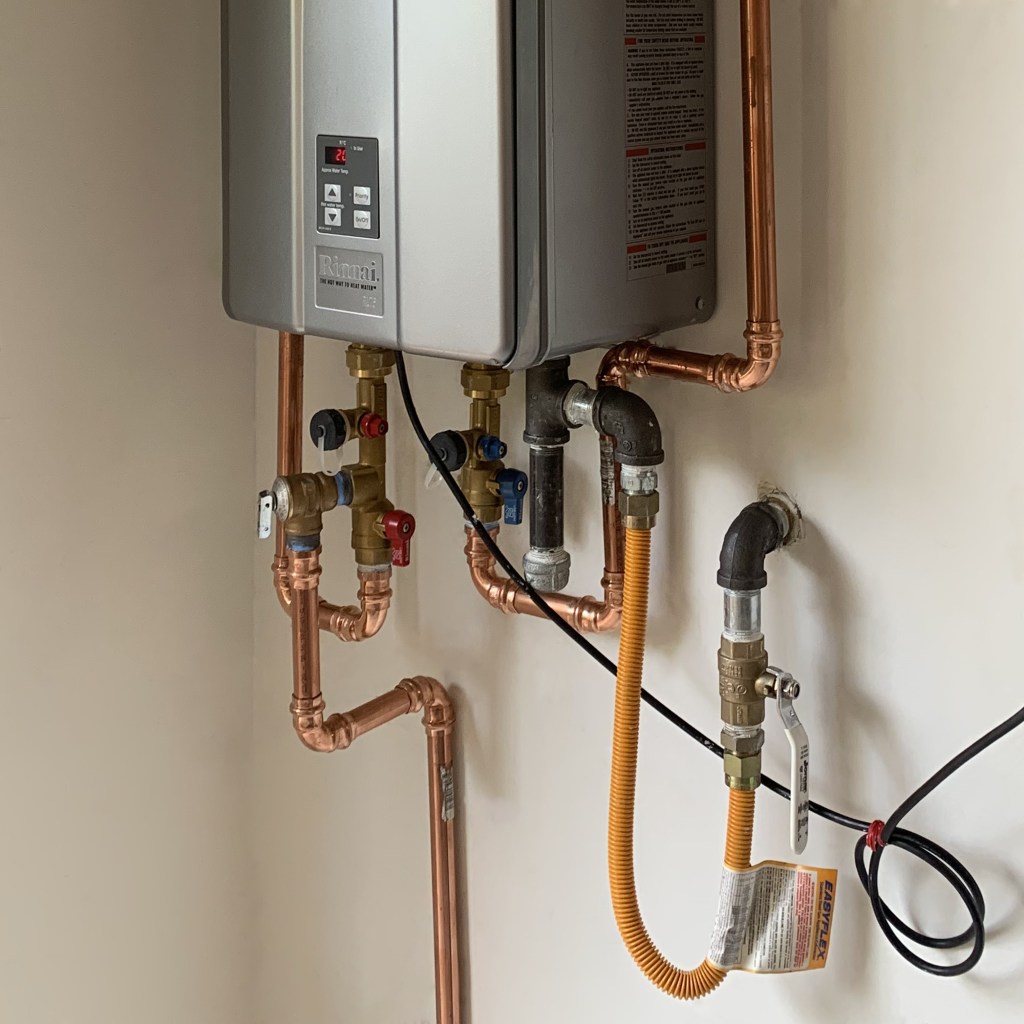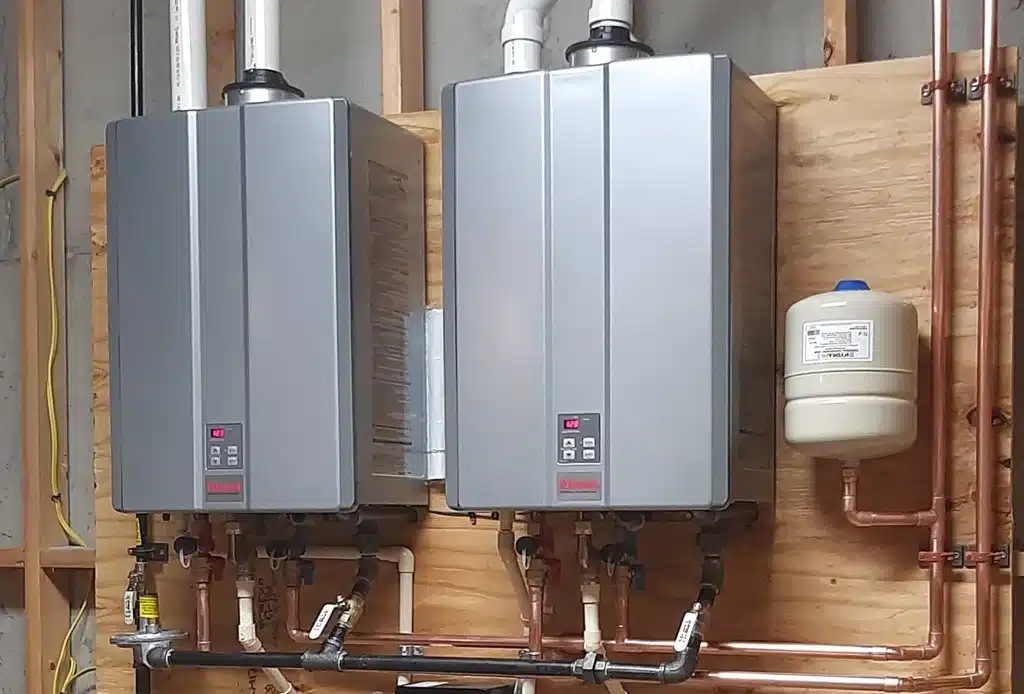Fast and Reliable Pipe Repair to Resolve Leaks and Reestablish Functionality
Fast and Reliable Pipe Repair to Resolve Leaks and Reestablish Functionality
Blog Article
Complete Guide to Water HeaterInstallment and Replacement
Recognizing the details of water heating unit installation and substitute is critical for property owners looking for to make sure efficiency and reliability in their warm water supply. From selecting the appropriate type and size to implementing a seamless setup process, numerous factors need to be thought about to stay clear of usual mistakes.
Kinds Of Hot Water Heater
When taking into consideration hot water heater setup and substitute, it is vital to recognize the numerous sorts of hot water heater available on the market. One of the most common kinds consist of tank water heaters, tankless water heating units, warmth pump water heating systems, and solar water heating units.
Tank water heating systems are standard systems that store a specific quantity of warm water, making them easily available when required. In contrast, tankless water heaters give warm water on demand, eliminating the need for storage.
Heat pump hot water heater use power to transfer heat from the air or ground to warm water, using significant power savings yet needing more area and certain setup conditions. Solar water heating units harness solar power to warm water, giving an environment-friendly option with possible long-term expense financial savings, although they usually require a backup system for cloudy days.
Comprehending these options guarantees informed choices concerning installation and substitute, satisfying details needs and preferences.
Picking the Right Size
Selecting the suitable size for a water heater is important to ensure ideal efficiency and effectiveness. An unit that is as well little will certainly struggle to fulfill home needs, leading to irregular hot water accessibility and enhanced power intake. Conversely, a large water heating system can result in unneeded energy waste and higher utility expenses.
To establish the appropriate dimension, consider the household's height warm water usage. This can be calculated based upon the variety of owners and their typical warm water needs. A family of four might require a water heating system with an ability of 50 to 80 gallons, depending on the use patterns, such as simultaneous showers and laundry.
Additionally, evaluate the recovery price, which determines exactly how rapidly a heater can renew warm water after it has actually been utilized. For tankless versions, focus on the circulation price, measured in gallons per min (GPM), to guarantee it satisfies the home's simultaneous demand.

Setup Refine Summary

Following, the old system should be disconnected and gotten rid of, making sure to follow regional codes and laws pertaining to disposal. Once the old device is out, the new water heater can be placed in position. This step involves connecting the water supply lines, making certain that all fittings are leak-free and safe and secure.
After developing water connections, it's important to attach the power supply, whether electrical or gas, complying with the supplier's instructions diligently. Once all links are made, the system must be loaded with water, and the power can be transformed back on. It's important to check for leaks and make certain the water heater is functioning properly before finishing the setup process.
Common Setup Errors

One more constant blunder is ignoring to follow regional codes and laws. Failing to stick to these standards can not only lead to safety and security hazards however might additionally result in expensive penalties or the requirement for expensive reinstallation.
Wrong plumbing links are additionally a common mistake. Falling short to protect connections or utilizing the incorrect kind of installations can cause leakages and water damages. Ignoring the importance of an appropriate drainpipe pan can result in substantial water damages if leakages do occur. Lastly, inadequate insulation of pipes can cause heat loss, reducing effectiveness. By staying clear of these typical installment blunders, property owners can guarantee their water heater operates safely and efficiently, making the most of performance and durability.
Upkeep Tips for Longevity
Appropriate maintenance of a hot water heater is necessary for its long life and optimal performance. Normal evaluations and maintenance can avoid costly repairs and extend the device's life expectancy. Begin by checking the temperature setting; it ought to normally be set between 120 ° F and 140 ° F for optimum power efficiency and safety.
Every 6 months, purge the storage tank to get rid of debris build-up, which can hinder home heating performance and trigger rust. To do this, switch off the heater, attach a hose pipe to the drain valve, and let the water run until it is clear.
When they are worn away,Anode rods should be evaluated each year and changed. These poles assist prevent tank deterioration by drawing in corrosive elements special info in the water.
Furthermore, check the pressure safety valve frequently to ensure it is functioning appropriately. This shutoff is essential for stopping excessive pressure buildup within the storage tank.
Lastly, consider setting up a specialist upkeep check every few years for thorough assessments and maintenance. By adhering to these maintenance pointers, homeowners can substantially boost the efficiency, security, and life expectancy of their water heaters, guaranteeing reliable warm water for many years ahead.
Verdict
In verdict, proper setup and maintenance of water heating systems are essential for guaranteeing effectiveness and longevity. By recognizing these vital facets, home owners can attain a trusted warm water supply while decreasing prospective concerns related to water heater procedure.
Comprehending the complexities of water heating system installation and substitute is vital for homeowners looking for to make certain performance and dependability in their hot water supply.Container water heating units are typical systems that store a particular quantity of hot water, making them readily available when required. In comparison, tankless water heating systems provide warm water on need, eliminating the need for storage. Picking a water heating unit that is either too little or as well large can lead to ineffectiveness, resulting in insufficient hot water supply or too much power consumption.
By recognizing these necessary aspects, property owners can attain a reliable warm water supply while lessening prospective issues associated to water heating unit procedure. plumber Denton.
Report this page